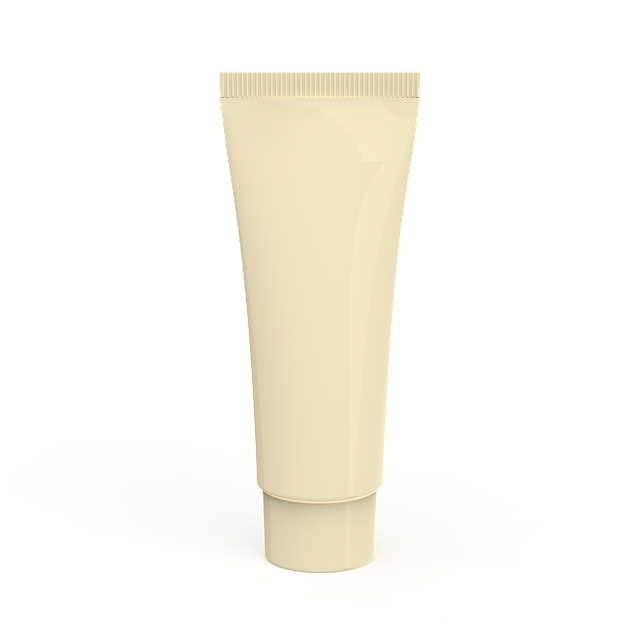Skin tags are small benign growths on the skin that can range from a few millimeters to 5 centimeters. Commonly found in areas like the neck, armpits, groin, and under breasts, they can cause discomfort when caught on clothing but are generally harmless. Factors influencing their development include friction, hormonal changes, and genetics. In London, individuals have access to professional Skin Tag Removal services for effective treatment. Home remedies using natural products like tea tree oil, apple cider vinegar, castor oil, and garlic are available due to their antimicrobial and astringent properties. Safe application methods include soaking a cotton ball in apple cider vinegar and applying it overnight, using tea tree oil with a cotton swab twice daily, massaging castor oil into the tag, or creating a garlic paste. For those considering clinical options in London, "Skin Tag Removal London" clinics offer specialized treatment by dermatologists or certified aesthetic practitioners. It is important to perform a patch test before using home remedies and to seek professional advice if symptoms worsen or the skin tag changes. Always prioritize safety and consider consulting a healthcare professional for persistent issues.
skintags, naturalremedies, homeremoval, SkinTagRemovalLondon
Explore the safest and most effective home remedies for treating skin tags, a common benign growth. Whether you’re in London or elsewhere, understanding what skin tags are and how to address them without professional intervention can provide comfort and clarity. This article delves into natural treatments and step-by-step DIY solutions, ensuring you’re well-equipped to manage these harmless skin blemishes from the privacy of your own home.
- Understanding Skin Tags and Safe Home Remedies
- Top Natural Treatments for Skin Tag Removal in the Comfort of Your Home
- The Best DIY Skin Tag Solutions: A Step-by-Step Guide to Effective Self-Care
Understanding Skin Tags and Safe Home Remedies

Understanding Skin Tags: Skin tags are benign growths that resemble small flaps of hanging skin, typically ranging from a few millimeters up to 5 centimeters in size. They often appear on the neck, armpits, groin, or under the breasts in individuals, and while they are generally harmless and painless, they can sometimes become irritated by clothing or jewelry. The exact cause of skin tags is not fully understood but is believed to be linked to factors such as friction, rubbing, hormonal changes, and even genetics. For those seeking treatment in London, options like Skin Tag Removal London clinics offer professional care, but many individuals prefer exploring safe home remedies for their convenience and cost-effectiveness.
Safe Home Remedies: When considering at-home treatment for skin tags, it’s crucial to opt for methods that are both safe and evidence-based. Tea tree oil, apple cider vinegar, and castor oil are natural alternatives that have been anecdotally reported to help in the removal of skin tags due to their antimicrobial and astringent properties. A common method involves soaking a cotton ball in apple cider vinegar and applying it to the tag with a bandage overnight. Another approach is to apply tea tree oil directly to the area with a cotton swab twice daily. For castor oil, a few drops can be gently massaged into the skin tag once or twice a day. It’s important to perform a patch test before applying any new substance to ensure there is no adverse reaction. Additionally, over-the-counter treatments like freezing kits (cryotherapy) can be used following the product’s instructions carefully. If symptoms persist or if the skin tag changes in appearance, size, or color, professional medical advice should be sought as soon as possible. For those interested in Skin Tag Removal London services, consulting a dermatologist or a certified aesthetic practitioner is advisable to ensure the safest and most effective treatment plan.
Top Natural Treatments for Skin Tag Removal in the Comfort of Your Home

When exploring natural methods for skin tag removal, one can find comfort in a variety of at-home treatments that are both effective and gentle. Apple cider vinegar, with its acidic properties, is often cited as a potent home remedy. By soaking a cotton ball in the vinegar and applying it directly to the skin tag for several minutes each day, you can stimulate a controlled amount of irritation that encourages the skin tag to fall off naturally over time. Another natural option is tea tree oil, known for its antiseptic and anti-inflammatory benefits. Tea tree oil can be dabbed onto the skin tag with a Q-tip twice daily; its application may help in gradually softening and removing the skin tag.
Additionally, castor oil stands out as a versatile home treatment due to its ricinoleic acid content, which has been found to promote skin cell regeneration and reduce inflammation. By applying a small amount of castor oil to the skin tag nightly, many individuals have reported successful removal after consistent use. It’s also worth considering the use of garlic, a natural anti-fungal and antibacterial agent that may aid in the drying out and eventual dropping off of the skin tag. Crushing a fresh garlic clove into a paste and applying it to the affected area can induce the desired effect over time. For those considering these home treatments, it’s advisable to proceed with caution and patience, as results may vary based on individual skin conditions and the size and location of the skin tags. While these natural methods are less invasive than clinical procedures like those offered by specialized dermatologists or clinics such as Skin Tag Removal London, it is always recommended to consult with a healthcare professional before initiating any treatment, especially if the skin tag is on a sensitive area or if you have concerns about your skin’s reaction.
The Best DIY Skin Tag Solutions: A Step-by-Step Guide to Effective Self-Care

When managing skin tags at home, it’s crucial to approach the situation with care and precision. One of the most effective DIY solutions involves natural treatments that can be performed using commonly available household items. Begin by gently exfoliating the area with a mixture of baking soda and castor oil. This can help to dry out the skin tag, making it easier to remove. Apply the paste daily and monitor any changes. Another home remedy is the use of tea tree oil, known for its antiseptic properties. Soak a cotton bud in the oil and apply it directly to the skin tag. Tea tree oil can help to soften and eventually shed the skin tag. Always ensure you’re patient and consistent with these treatments, as results may take time.
For those seeking guidance specific to the London area, “Skin Tag Removal London” is a tailored search term that can lead to services offering professional advice or safe removal techniques. However, if you prefer to handle it independently, there are additional steps to consider. For instance, the application of apple cider vinegar can be effective. Soak a cotton ball in the vinegar and secure it over the skin tag with a bandage. The acidity of the vinegar promotes the skin tag’s natural shrinkage process. Additionally, freezing the skin tag using a wart remover kit from a pharmacy can also encourage it to fall off naturally. Always perform a patch test before applying any new treatment to ensure you don’t have an adverse reaction. Remember to consult with a healthcare professional if the skin tag persists or causes discomfort, especially if it’s in a sensitive area or if you have concerns about your ability to safely treat it at home.
In conclusion, managing skin tags can be achieved through a variety of safe and effective home remedies. The article has outlined the key aspects of understanding skin tags and provided a comprehensive guide on natural treatments you can apply at home, such as tea tree oil, apple cider vinegar, and castor oil. For those seeking specialized care, Skin Tag Removal London clinics offer professional treatment options that are tailored to individual needs. Whether opting for home remedies or professional intervention, the goal is to address skin tags with methods that prioritize safety and efficacy. It’s always recommended to consult with a healthcare provider before attempting new treatments, especially if the skin tags are in sensitive areas or if you have underlying health concerns. With the right approach, you can effectively manage skin tags, ensuring your skin remains healthy and clear.
